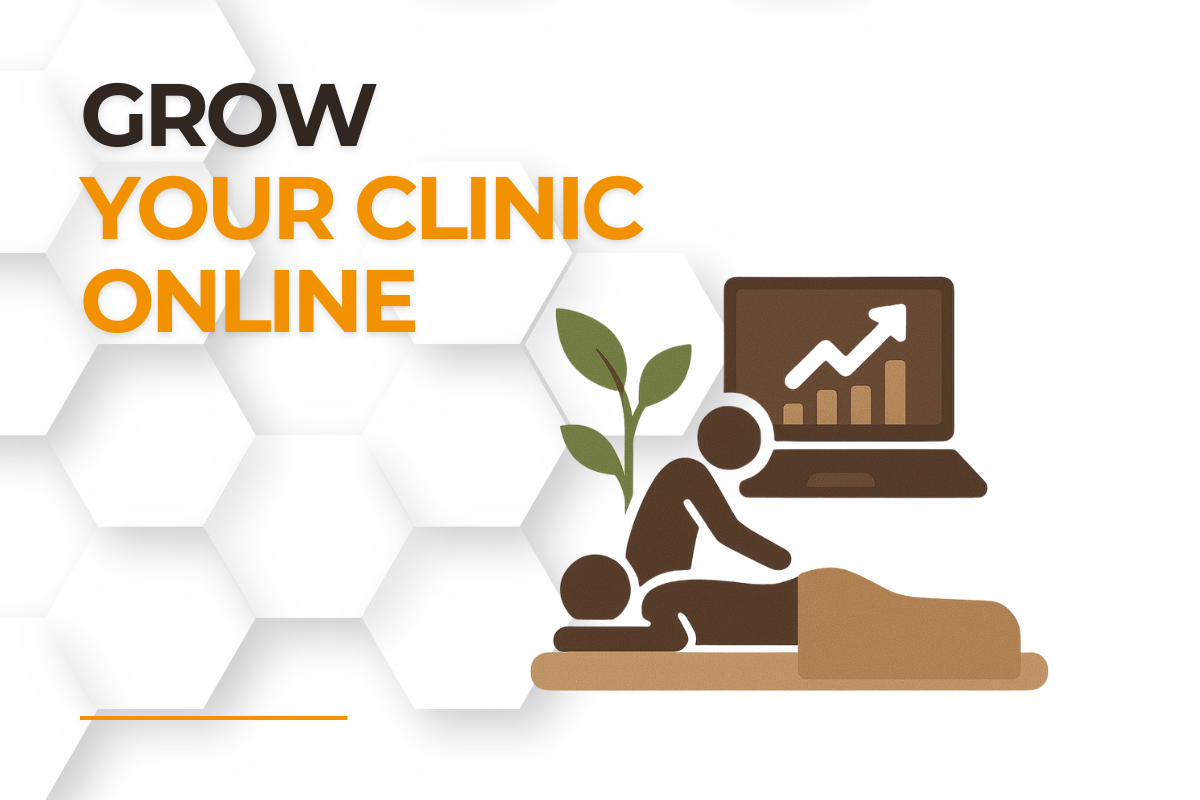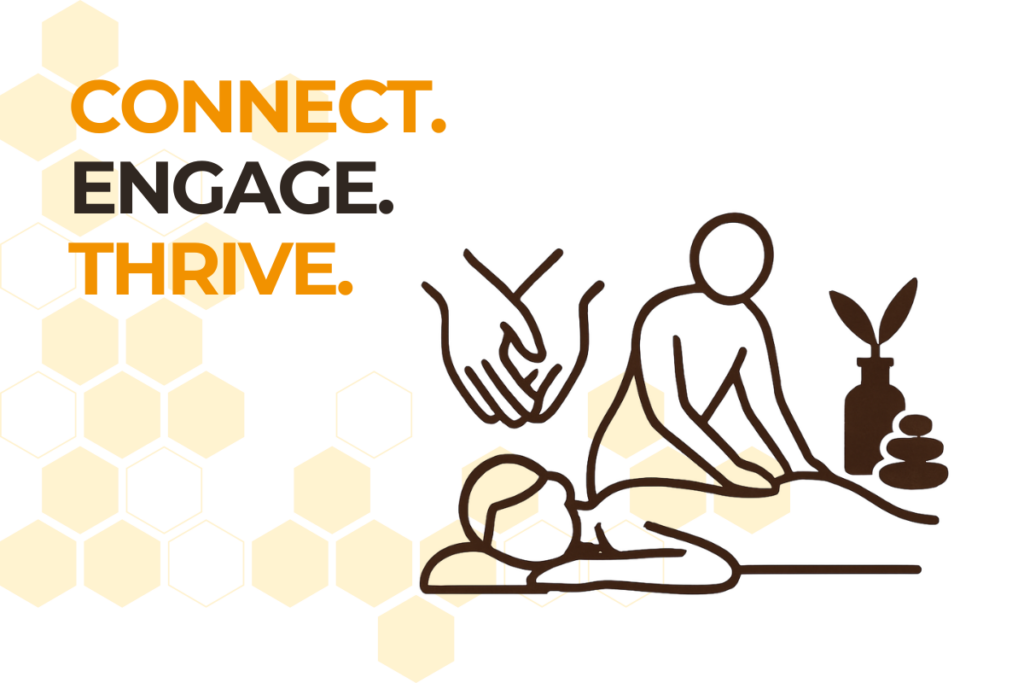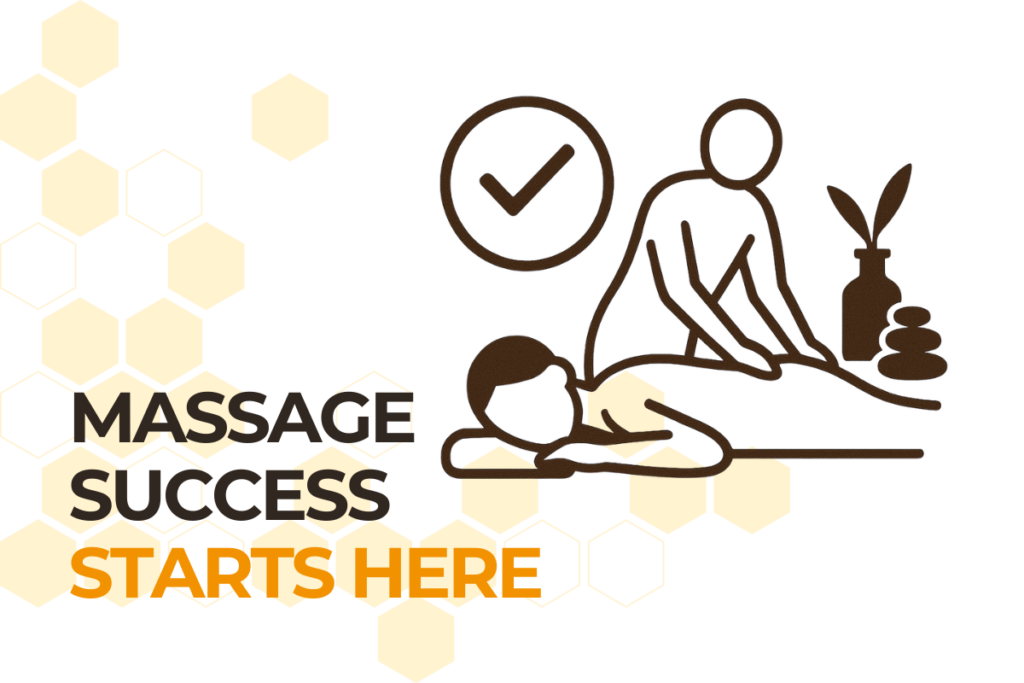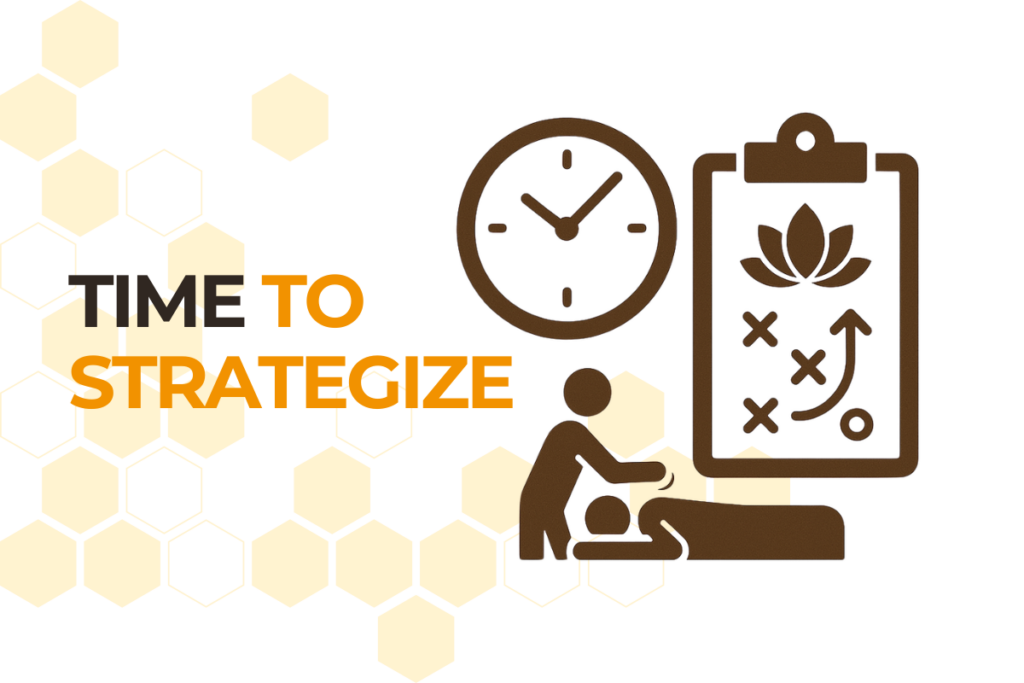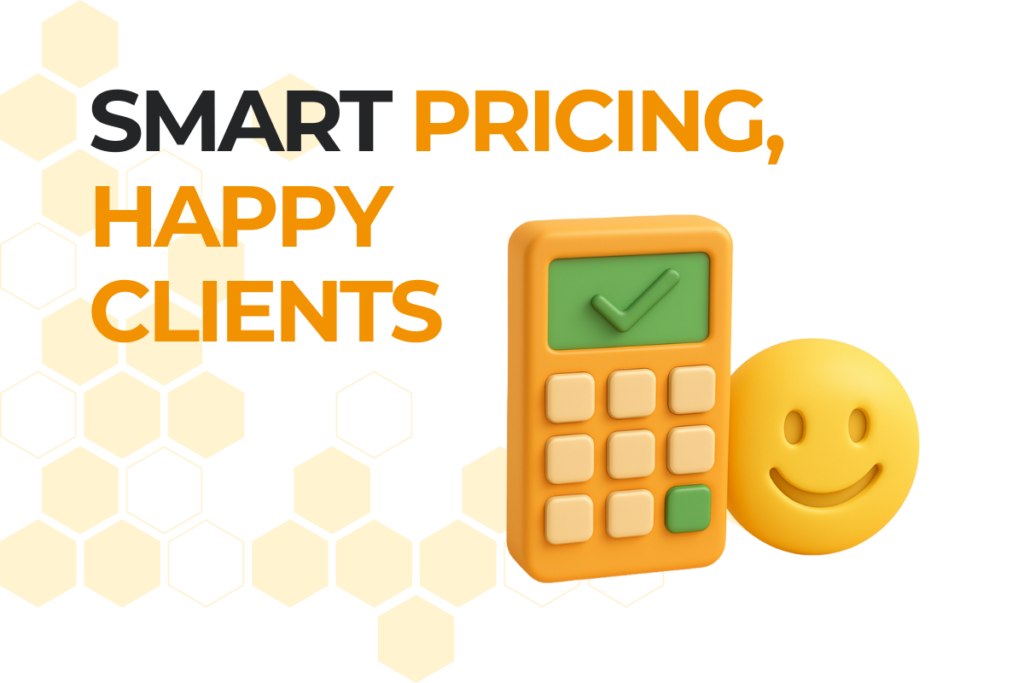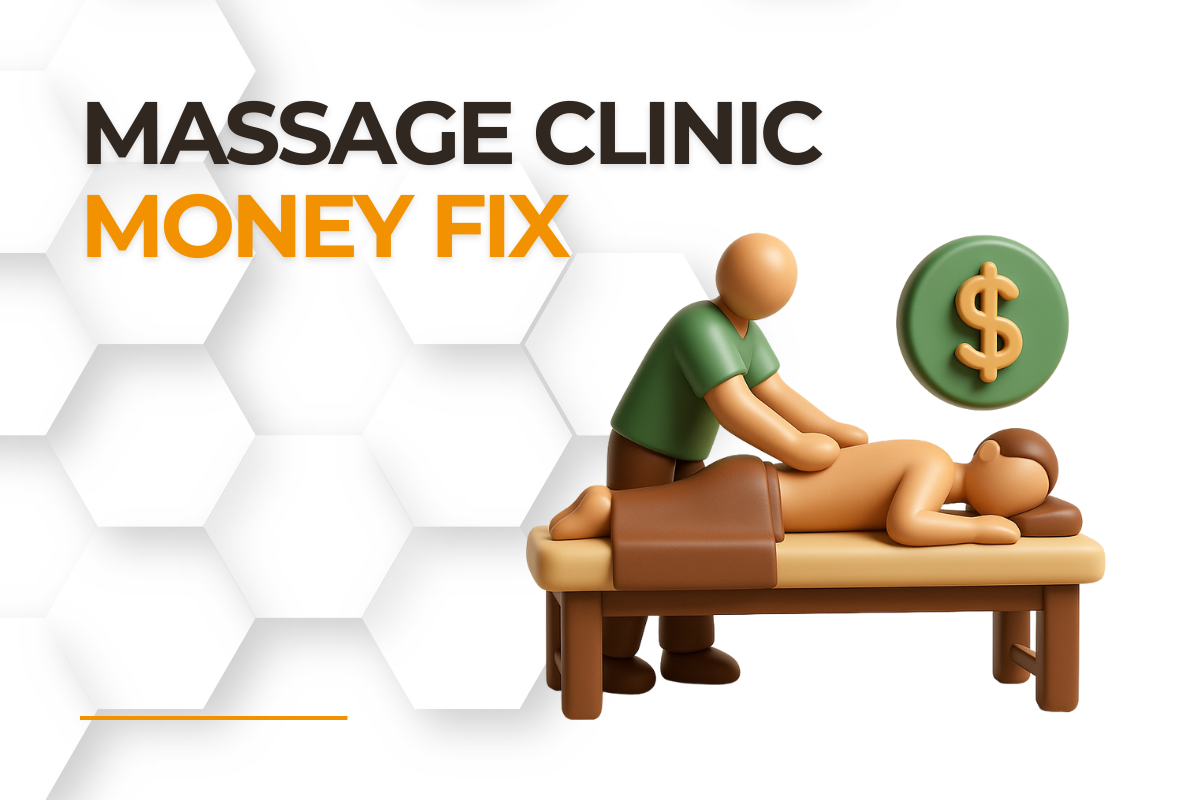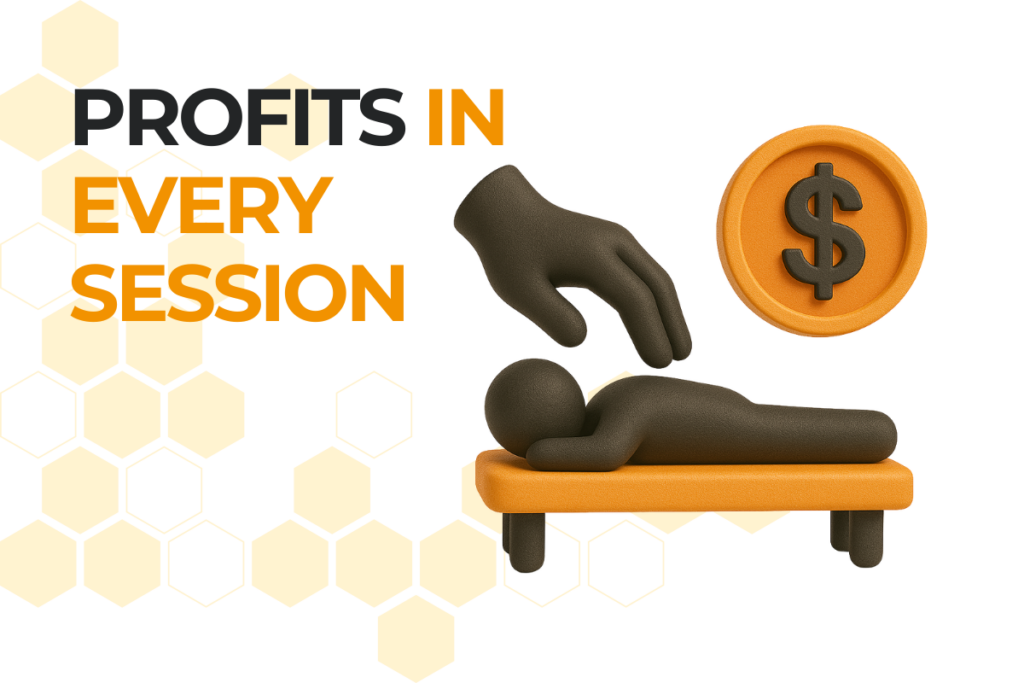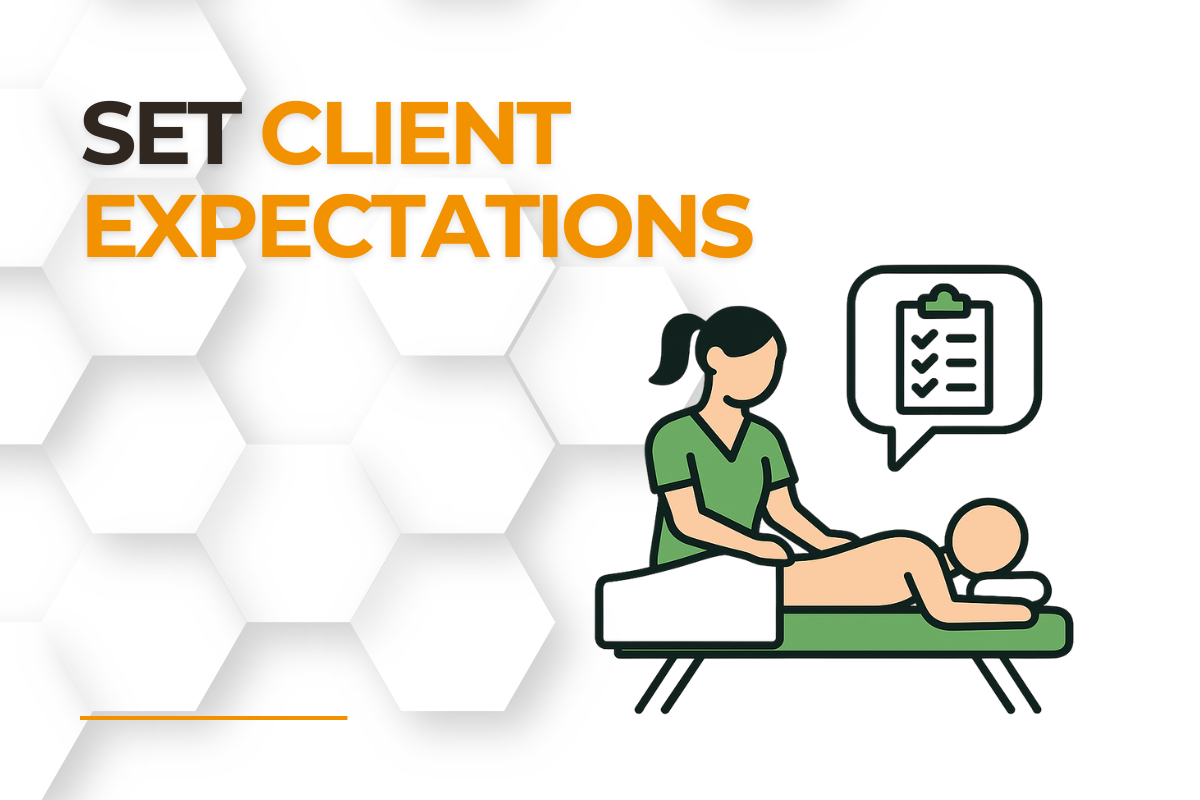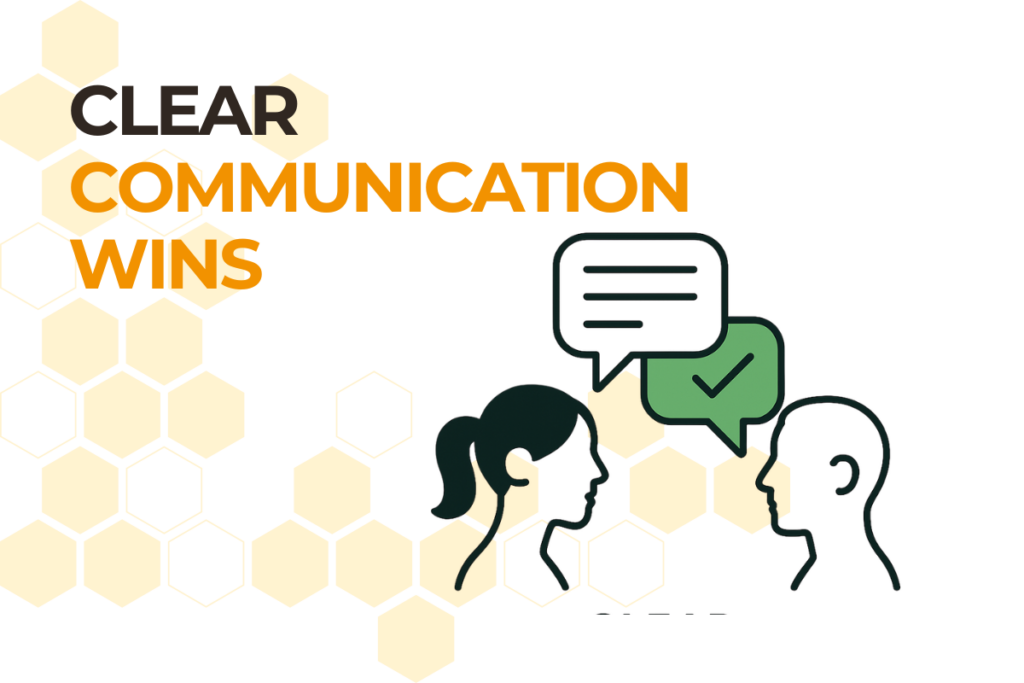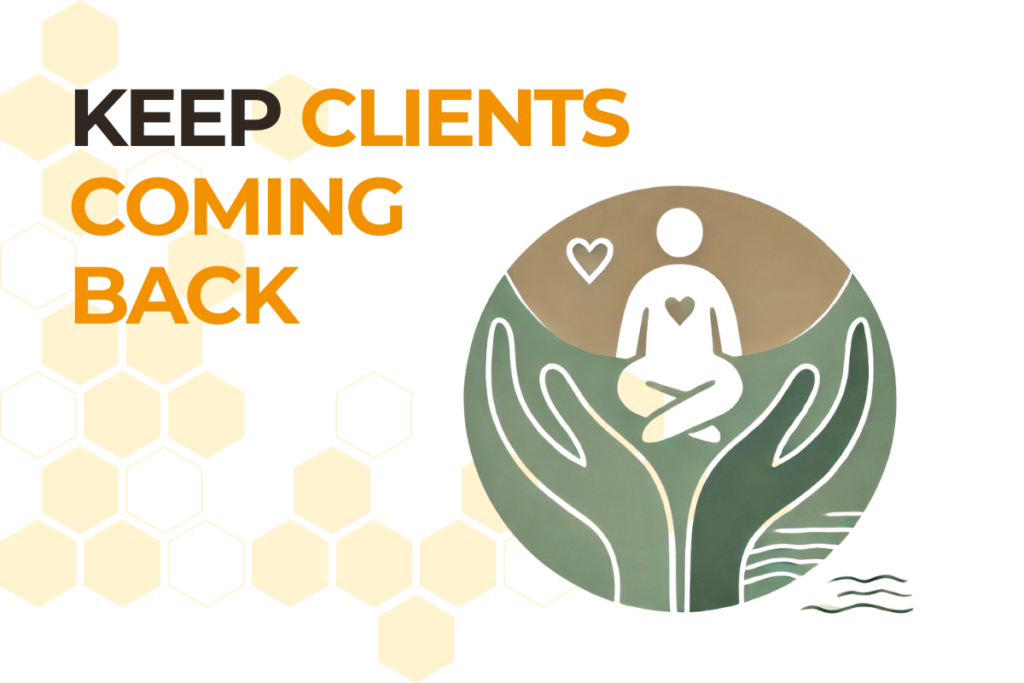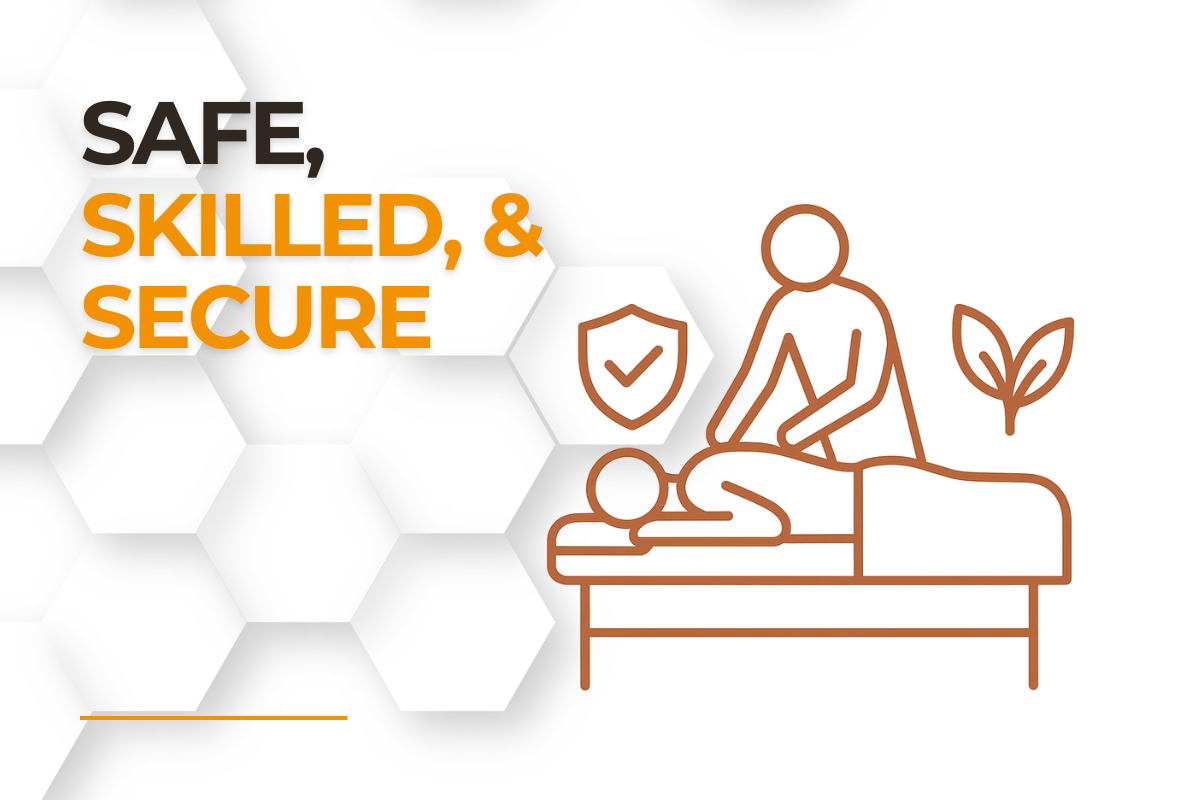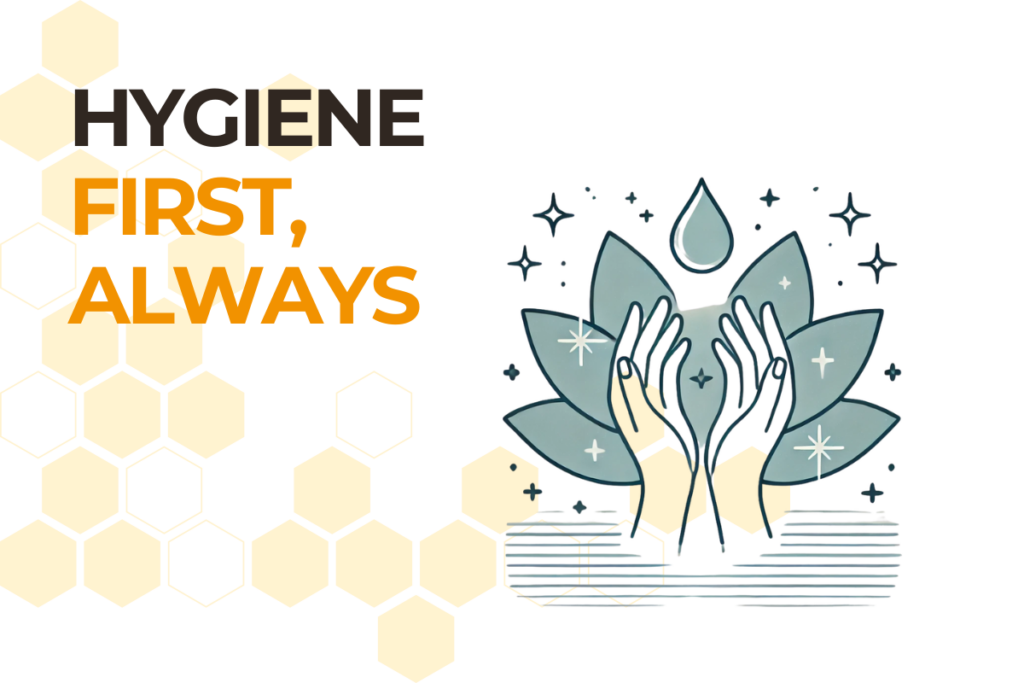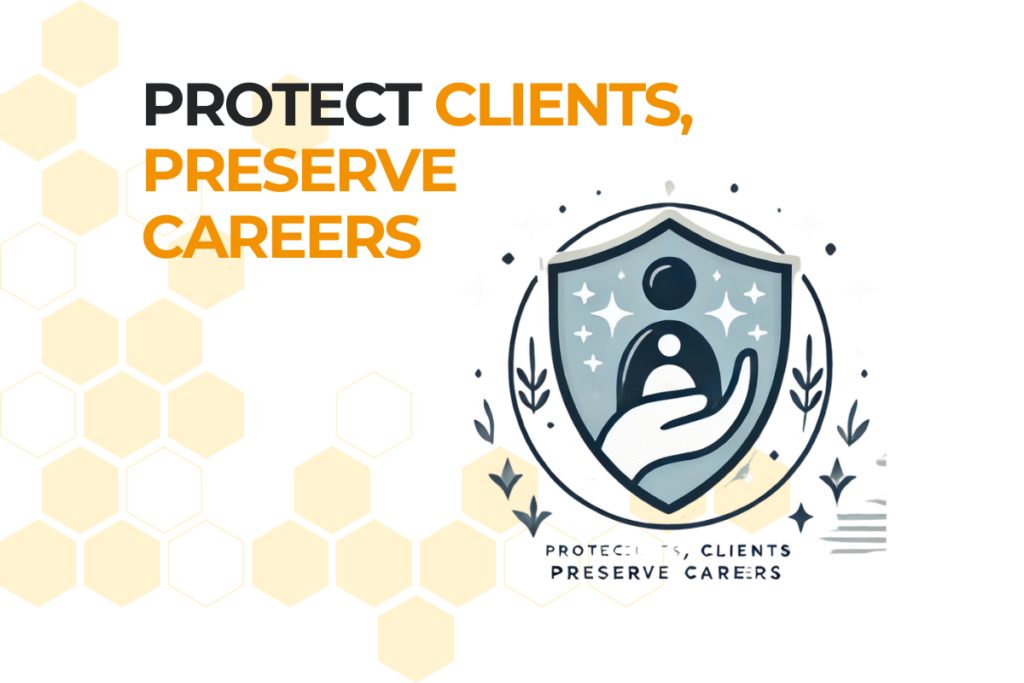Harnessing Client Insights for a Flourishing Practice
From the very first sentence, client insights massage clinics rely on are the cornerstone of building a thriving massage therapy practice. For massage clinic owners, truly understanding client insights can mean the difference between a struggling business and one that flourishes with loyal, returning clients. With nearly 80% of clients actively seeking personalized experiences, tapping into client insights isn’t just beneficial—it’s essential for standing out in a competitive market.
In this article, you’ll discover a detailed, step-by-step blueprint designed specifically for massage clinics, packed with actionable tips, real-world examples, and proven strategies to turn raw feedback into powerful business growth. Learn how to transform everyday client interactions into valuable client insights that can refine your service offerings, boost client satisfaction, and drive sustained success. Whether you’re fine-tuning your current approach or reinventing your entire client experience, harnessing client insights will empower you to deliver exceptional care and keep your practice ahead of the curve.
Understanding the Importance of Client Insights
When we talk about client insights, we refer to the deep understanding of your clients’ needs, preferences, and expectations. These insights provide a roadmap for enhancing service delivery and boosting client satisfaction. For massage clinics, this means tailoring every treatment to meet individual needs, leading to higher retention rates and more referrals.
- Personalization Leads to Loyalty: Clients who feel heard and understood are more likely to return and recommend your clinic.
- Data-Driven Decisions: Harnessing client insights allows you to make informed decisions about service offerings and operational improvements.
- Competitive Advantage: In a crowded market, client insights massage clinics use help deliver bespoke experiences that truly resonate.
Common Challenges in Gaining Client Insights
Despite the clear benefits, many massage clinic owners face significant hurdles in capturing client insights effectively.
Fragmented Feedback
Clients share feedback in various ways—casual conversations, online reviews, and occasional surveys. This piecemeal approach often results in client insights that are disjointed and incomplete. Without a consistent method to collect and analyze this data, critical trends can go unnoticed.
Communication Barriers
Effective communication is key to understanding client insights. Yet, many clients hesitate to provide honest feedback due to fear of offending or simply because the right channels aren’t available. This barrier can lead to missed opportunities for improvement and leave some client concerns unaddressed.
Balancing Personalization and Efficiency
Massage clinics strive to offer personalized services, but the busy pace of daily operations can make this challenging. Without clear client insights, efforts to customize treatments often turn into educated guesses rather than targeted actions. Striking the right balance between efficiency and personalization remains a persistent challenge.
Navigating Evolving Client Preferences
Client preferences are continually shifting. What worked last year might not resonate today. Keeping up with these evolving client insights requires constant attention to market trends, seasonal shifts, and emerging wellness practices.
Managing Data Overload
In the digital era, the sheer volume of available data can be overwhelming. Clinics may gather vast amounts of information without a clear system to transform it into actionable client insights. This data overload can lead to analysis paralysis, where decision-making is stalled by the inability to discern key trends.

Effective Strategies to Capture Client Insights
Transforming raw feedback into meaningful client insights is achievable with the right approach. Here are several strategies that have proven successful for client insights massage clinics already rely on.
Building a Comprehensive Feedback System
A structured system is vital for gathering consistent client insights.
Implementing Regular Surveys
- Scheduled Check-Ins: Conduct regular surveys after treatments and periodically throughout the year to capture evolving opinions.
- Simple Questions: Keep survey questions clear and concise to encourage higher response rates.
- Incentivized Feedback: Offer small incentives, such as discounts on future sessions, to motivate clients to participate.
Leveraging Digital Tools and In-Person Feedback
- Online Forms: Integrate digital feedback forms on your website and through email campaigns. This approach ensures that client insights are captured consistently.
- Face-to-Face Interactions: Encourage therapists to engage in brief, informal discussions with clients post-session to gather immediate impressions.
Enhancing Communication Channels
Creating robust channels for open dialogue can significantly improve the quality of client insights.
Establishing Multiple Touchpoints
- Multi-Channel Approach: Use phone, email, text, and social media to offer clients various options for sharing their thoughts.
- Follow-Up Calls: A short call after the session can help clarify any issues and gather more in-depth client insights.
- Feedback Boxes: Physical suggestion boxes in your clinic can provide an alternative for clients who prefer anonymity.
Staff Training for Active Listening
- Empathy Training: Equip your staff with the skills to listen actively and empathetically, ensuring that every interaction uncovers valuable client insights.
- Regular Workshops: Hold periodic workshops to reinforce the importance of communication and provide tools for better client engagement.
- Role-Playing Scenarios: Practice common client situations through role-play to build confidence in handling feedback.
Customizing Services Based on Client Insights
Personalization is at the heart of effective massage therapy. Use client insights to tailor your offerings for maximum impact.
Creating Detailed Client Profiles
- Comprehensive Intake Forms: Start every client relationship with an in-depth form that captures preferences, health history, and treatment goals.
- Ongoing Updates: Regularly update profiles with new client insights gathered from feedback sessions.
- Data Centralization: Utilize systems such as Hivemanager’s client management tool to store and organize this information.
Tailoring Treatments for a Personalized Experience
- Customized Treatment Plans: Use client insights to create personalized massage plans that address individual needs.
- Ambiance Adjustments: Adjust the treatment environment—lighting, music, temperature—based on specific client preferences.
- Service Packages: Develop flexible service packages that can be customized according to the client insights you collect over time.
Utilizing Technology to Analyze Client Insights
Modern technology offers powerful tools for turning feedback into actionable client insights.
CRM Systems and Data Analysis Tools
- Streamlined Data Collection: Implement a customer relationship management (CRM) system to centralize all client feedback.
- Automated Reporting: Use data analysis software to generate regular reports that highlight key client insights.
- Internal Integration: For example, Hivemanager’s appointment scheduling tool integrates seamlessly with client data, allowing you to view client insights in real time.
Real-Time Monitoring and Adaptation
- Instant Alerts: Set up real-time monitoring systems to receive immediate notifications when a client submits feedback.
- Quick Response Protocols: Develop protocols that allow you to act swiftly on critical client insights massage clinics.
- Regular Reviews: Schedule monthly reviews of the data to ensure that emerging trends are identified and addressed promptly.

Staying Updated with Market Trends
To keep your client insights relevant, it’s crucial to stay informed about industry trends.
- Continuous Research: Regularly read industry publications and attend relevant webinars.
- Industry Associations: Follow reputable sources like the American Massage Therapy Association’s best practices portal to understand emerging trends.
- Client Dialogue: Keep an open line of communication with clients about their evolving preferences, ensuring that your client insights are always current.
Fostering a Client-Centric Culture
Building a culture that values and acts on client insights is essential for long-term success.
Investing in Staff Development
Your team is the frontline in capturing and utilizing client insights. Invest in their growth through:
- Empathy and Communication Training: Enhance their ability to capture and act on subtle client insights during every interaction.
- Ongoing Education: Regular training sessions ensure that staff remain updated on the latest techniques for gathering feedback.
- Team Building: Foster a supportive environment where sharing client insights is part of the daily routine.
Mapping the Client Journey
Understanding every stage of the client experience allows you to pinpoint where client insights can have the greatest impact.
- Journey Mapping: Create a detailed map of the client experience—from the first contact to post-treatment follow-ups.
- Critical Touchpoints: Identify key moments where feedback is most valuable, such as during the booking process or after a treatment.
- Feedback Integration: At each touchpoint, incorporate methods to capture client insights that can be used to improve the experience.
Promoting Continuous Improvement
A culture of continuous improvement relies on regularly reviewing and acting on client insights.
- Regular Meetings: Hold team meetings dedicated to discussing recent client insights and brainstorming solutions.
- Performance Metrics: Use client satisfaction scores and retention rates as key performance indicators.
- Iterative Changes: Embrace small, continuous changes based on client insights rather than waiting for major overhauls.
Final Thoughts on Leveraging Client Insights
Harnessing client insights is not a one-time effort—it’s an ongoing commitment to excellence. By building a robust feedback system, fostering open communication, and continuously adapting your service offerings, you lay the foundation for a truly client-centric massage clinic. Every strategy discussed in this guide is designed to help you capture, analyze, and act on client insights massage clinics effectively. In doing so, you not only enhance the client experience but also pave the way for sustainable growth and a competitive edge in the market.
Implementing these strategies might require an initial investment of time and resources, but the long-term rewards are substantial. Your clients will appreciate the personalized care, your team will feel more connected to the mission, and your clinic will enjoy the benefits of higher retention and positive word-of-mouth. Embrace the power of client insights today and transform your massage clinic into a beacon of excellence in personalized service.
FAQs
Begin by setting up regular surveys, digital feedback forms, and in-person discussions. This multi-channel approach ensures you consistently capture valuable client insights.
Many clients hesitate to share feedback due to communication barriers or a lack of dedicated channels. Training your staff in active listening and providing multiple feedback options can help overcome these obstacles.
Tools like CRM systems and data analysis software can centralize and streamline feedback, allowing you to monitor and respond to client insights in real time.
By utilizing client insights, you can tailor your services, improve client satisfaction, and ultimately boost retention and referrals, leading to overall business growth.



